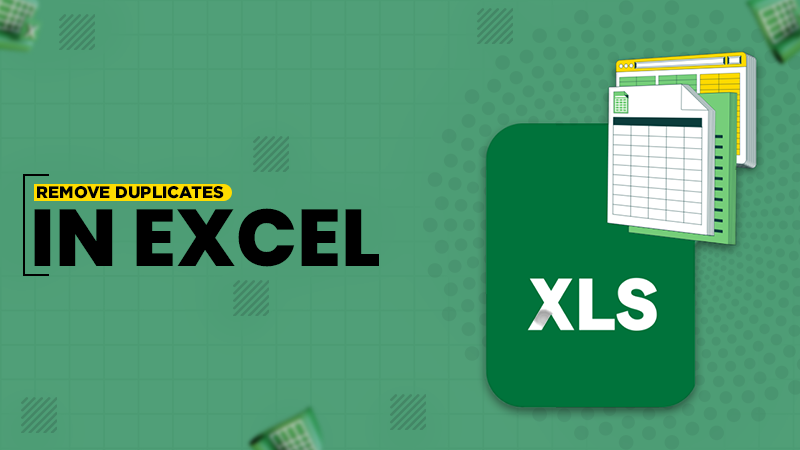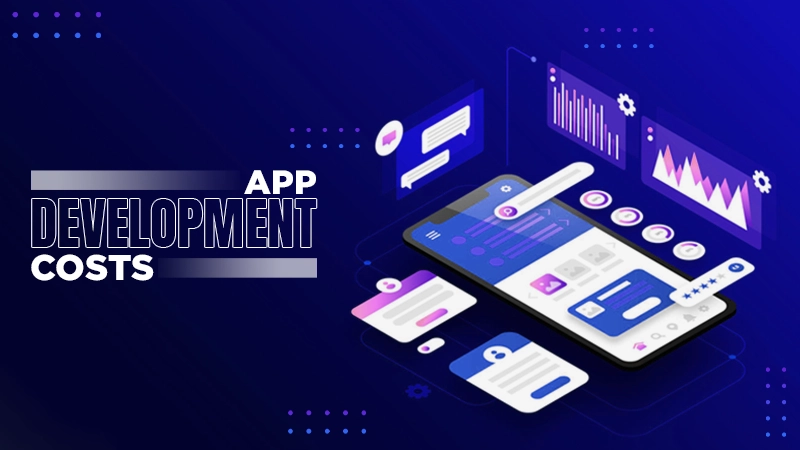The Programmer’s Guide to Integrated Software Development

Java and Python are two of the most popular programming languages used by developers today. They each have their strengths that make them well-suited for certain tasks.
This comprehensive guide will cover the various approaches and tools available for integrating these languages. We’ll look at calling Python code from Java and vice versa.
You’ll learn techniques for efficiently passing data between the two languages and running multithreaded applications across them. We’ll also examine use cases and examples of applications leveraging both languages.
You’ll come away with a solid understanding of how to smoothly integrate the two languages for better software development. Also, learn about Practices for Successful Custom Software Development with this guide.
Complementary Strengths of Java and Python
Java and Python have complementary strengths that make them ideal for integration. Here’s an overview of how the languages differ:
- Java uses static typing and Python uses dynamic typing. It requires defining variable types upfront, which helps catch bugs during compilation. Python is dynamically typed, so variables can change types on the fly, supporting rapid development.
- Java is known for high performance thanks to the JVM, static typing, and compile-time optimizations. Python trades some performance for developer productivity and concise, readable code.
- Java has traditionally been used for large enterprise applications and backend services. Python is common for scripting, web development, data analysis, and AI/ML applications.
Each language complements the shortcomings of the other, creating a harmonious balance. Java, in the realm of Java software development outsourcing, establishes robust foundations for systems demanding high performance.
Meanwhile, Python excels in fostering agile development and seamlessly connecting diverse components.
By combining these languages, you get the best of both worlds – Java’s speed and typing for the core system, and Python’s flexibility for the integration layers and automation scripts.
The languages integrate seamlessly to build robust and scalable applications faster.

Interesting Fact
The above graph shows the diversification of software developers by age. Most of the software developers are between the ages of 25 to 34.
Building Applications with Java and Python
With the flexibility to integrate both languages in a variety of ways, developers have several options when architecting applications that leverage both languages. Some common approaches include:
Microservices Architecture
A microservices architecture allows different services to be written in different languages and frameworks.
For example, an application may have a Python-based web frontend communicating with Java-based microservices handling business logic and data access.
The services expose APIs (often RESTful APIs using JSON) that enable seamless integration regardless of language. This provides flexibility to use the best tool for each task.
Django + Spring Boot Web Application
For web applications, a common pattern is using Django for the Python-based frontend code and Spring Boot for the Java-based backend APIs.
Django templates can render pages and communicate with Spring controllers and services to get and process data.
This takes advantage of Django’s excellent capabilities for views and templates and Spring Boot’s strengths for modular business logic.
DO YOU KNOW?
The appearance of a web page renders differently on each web browser. For example, the website which looks in a way on Chrome, may appear differently on Mozilla Firefox on the same PC.
Other Example Architectures
Additional examples include:
- A Python data analysis pipeline feeding into a Java reporting engine.
- Java handling backend processing triggered by Python scripts.
- Mixed modules of these languages within a larger application, interacting via a shared messaging system like Kafka.
The polyglot nature of these applications enables seamlessly combining Python’s rapid prototyping and Java’s performance and enterprise ecosystem. With some thoughtful design, Python and Java can work synergistically within modern architectures.
Performance Considerations
Integrating a Python development agency can provide powerful capabilities, but it also comes with potential performance impacts that need to be considered.
Calling code across languages always incurs some overhead compared to native calls within a single language.
The Performance Impact of Integration
- Invoking methods across their boundary uses reflection and incurs overhead related to type checking and conversion. This is slower than native calls.
- Passing data between Java and Python requires serialization and deserialization which adds computational costs. Complex objects take longer to serialize.
- Multithreading across languages can add thread synchronization overhead.
- Chained calls between Java and Python across the boundary lead to accumulating costs.
- Runtime exceptions thrown across the boundary are more expensive to handle.
Optimization Techniques
There are ways to optimize performance when integrating Java and Python:
- Reduce calls across the boundary to the minimum needed. Combine calls rather than make multiple individual calls.
- Pass simple data types rather than complex objects. Avoid unnecessary objects when possible.
- Consider caching converted data on either side of the boundary to avoid repeat serialization/deserialization costs.
- Perform CPU-intensive work on large data sets on the faster-performing side when possible.
- Use asynchronous multithreading judiciously to prevent excessive thread waits.
- Handle exceptions properly on both sides to avoid cascading costs.
- Use profiling to identify performance bottlenecks at integration points.
When to Prefer Native Development
For performance – systems that require very high throughput and low latency, native development in a single language may be better than integration.
- For extreme performance needs, avoid the overhead of cross-language calls.
- Systems with hard real-time requirements may depend on native multithreading.
- Some computationally intensive workloads like machine learning benefit from a single runtime.
- Low-level systems that need to minimize overhead may need native development.
So while integration provides benefits, for some systems requiring the absolute best performance, native Java or Python may be preferable to mixed language programming.
Conclusion
Integrating Java and Python offers software developers the best of both worlds. Java brings statically typed, high-performance, and mature libraries to the table, while Python provides agile and rapid development capabilities through its dynamic typing and emphasis on developer productivity.








